Cecil Williams on His Lifelong Career as a Civil Rights Photographer
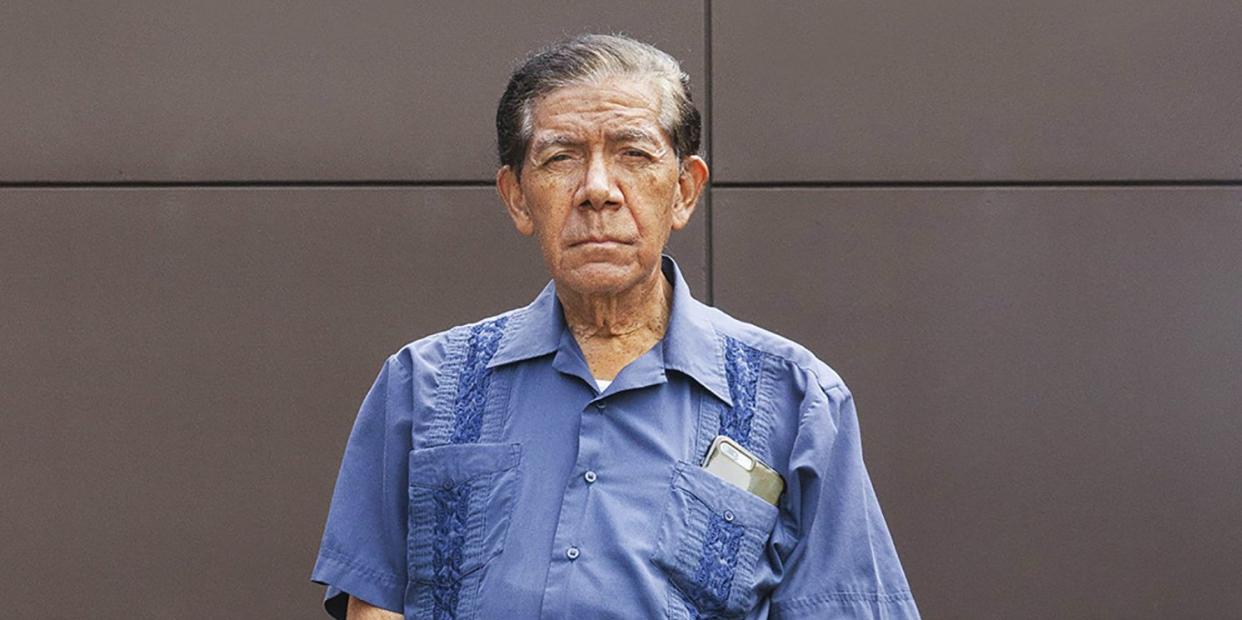
- Oops!Something went wrong.Please try again later.
- Oops!Something went wrong.Please try again later.
“Hearst Magazines and Verizon Media may earn commission or revenue on some items through the links below.”
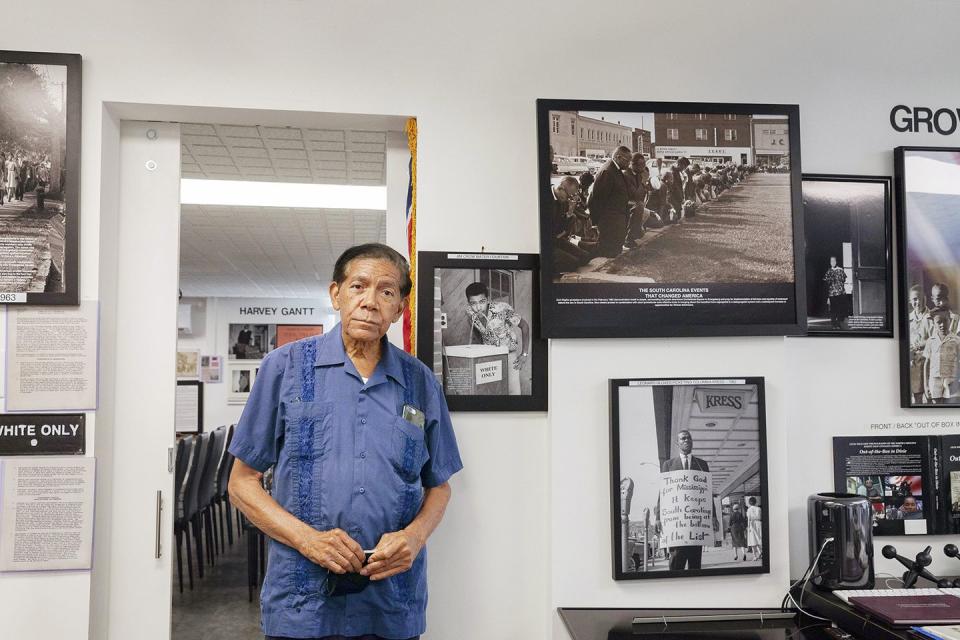
Interview by Dejane Lawrence/
Photograph by Nora Williams
Cecil J. Williams is a publisher, an author, and a well-known civil rights photographer. He has worked as a photographer for publications such as Jet magazine, the newspaper The Afro-American, and The Pittsburgh Courier. He was also a stringer for the Associated Press. He is the author of several books, among them Unforgettable, Orangeburg 1968, and Freedom & Justice. His work can be found in over 130 publications, 17 newspapers, 11 television documentaries, and in several museums and galleries across the country. He operates the Cecil Williams Civil Rights Museum in Orangeburg, SC.
Dejane Lawrence: What is your earliest memory?
Cecil Williams: My earliest memory would be at my house on Quick Street here in Orangeburg. When I was growing up and playing out in the backyard of my home, there was a sugarcane growth. I remember going back there and playing Tarzan.
DL: How would you describe your childhood?
CW: I had a happy childhood. But of course, segregation prevailed in all aspects of my life. The library was segregated, the schools were segregated, the playground facilities were segregated. Growing up in that kind of atmosphere made me very aware that I was living in a part of the United States that was different from what I would expect, being a citizen of the United States.
DL: What invention from your lifetime are you most amazed by?
CW: I am amazed by the very recent invention, the cell phone. I appreciate the ingenuity behind Steve Jobs and the development of, first of all, the Macintosh computer, and then the smartphone, because you really have a computer in your pocket.
DL: If you could go back to any age, what would it be and why?
CL: I would go back to age 21. Because if I could go back to the age 21 and know everything that I know now, there would be investments I would make! I believe that I was born at the most ideal time to witness mankind achieving a certain degree of triumph over racism. And if I were that age, I would certainly be able to make better decisions in life.
DL: Not only did you live it, but you recorded it through your photography. What events led you to becoming a photographer?
CW: I started in photography at 9 years old. My brother, who usually used the camera, passed the camera on to me. I grew more than just an ordinary attachment to that device. I was obsessed by the capacity of that little camera to capture something and freeze that moment in time. It also enabled me, at that early age, to be able to go to Edisto Gardens and take pictures of people who would pay me $1. $1 then is probably $5 now. That was a sizable amount for a 9- and 10-year-old person.
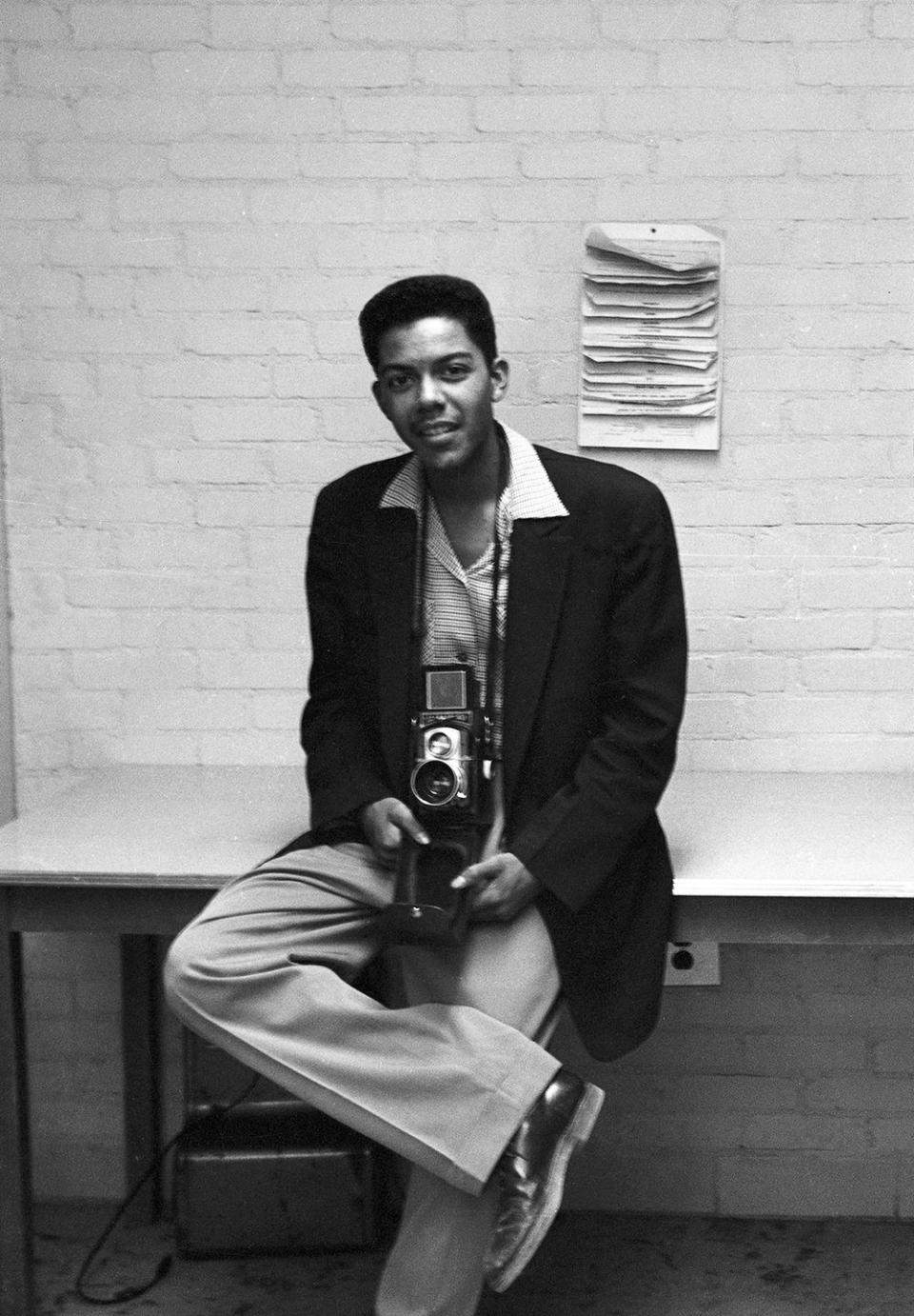
DL: Was there a person or event that changed or impacted the course of your life?
CW: Each person that came into my life in some kind of way, they were very important, and they had a great impact. Starting with my teachers and the influence they had. My parents had a great influence on my values. They were supportive in seeing that I had the best kind of education, that I had sufficient food to sustain me from one day to the other, clothing, paying for things, helping me to buy a car or riding in the car that they had. We all stand on the shoulders of so many others.
DL: Have you ever met any prominent people?
CW: I have probably photographed anyone that you could name, whether they are in sports, entertainment, motion pictures, actors, actresses—such as Muhammad Ali, even Joe Louis, Sugar Ray Robinson. In baseball, Jackie Robinson. In tennis, Arthur Ashe. In motion pictures, Cicely Tyson and Lena Horne. If you could name any president of the United States, I have photographed them, except Trump.
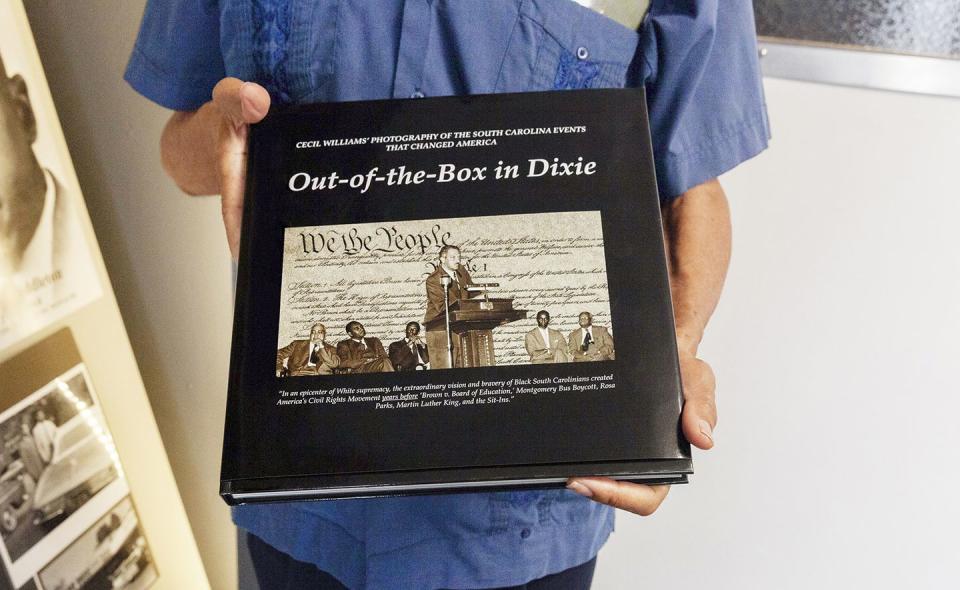
DL: What was your inspiration in creating the Cecil Williams Civil Rights Museum?
CW: The creation of my museum was not an overnight obsession. I believe that if you want to know where you’re going, you also have to know where you’ve come from. Our history, and all the freedom, the justice, the humanity, and all the good things that we can enjoy today, were because people engaged in the civil rights movement, where we, as people of color, gained freedoms that impact us today. So much emphasis and credit must be given to the people that helped to carve that path.
DL: What are your thoughts about the Black Lives Matter movement, and police brutality among the African American community?
CW: Let me say that we cannot do without the great courage and the heroism on the part of our police and law enforcement systems of the United States. We would not want to live in an area or community or in a state or county or city or in this United States without law enforcement. But there have been cases of police brutality on the part of some untrained or ill-trained officers. In the case of George Floyd, they suspected that a counterfeit bill was passed; the crime committed was not worth the punishment. So that police officer was the jury and judge and committed him to death for such a small infraction.
DL: Though times have changed from when you were younger, do you still see slivers of the world you knew growing up?
CW: There was similarity to the marches and demonstrations, the protests all over this world, really, this past summer, that people in spite of the COVID restrictions came out in the street to address those concerns of police brutality. However, I want to place some of the blame on our political people—people who have high positions, in the federal, state, county, and city governments of America. I have yet to hear any of them in all the conversations on television, reading the newspaper, for them to address the high rate of incarceration we have, especially among African Americans. There’s a whole institution of prisons that’s been created to put people of color in prison for minor infractions of the law. The system needs drastic corrections, so that we can go forward with treating every person with respect.
DL: In all your years of living, what is the most important thing you have learned about yourself?
CW: One of the lessons that I’ve learned in life is the power of our maker in our lives, and that we should be God-fearing. And of course, give more credit to God and religion in our everyday lives, so that we can take on the challenges we face today. And then the family unit, the lessons you learned in the family and the power of the family. And then the teachers, when it comes down to education, they were so very important. My education at Claflin, in fact, is without parallel, I don’t believe that I could have gone any place in the entire world and gotten a better education than the education I received at Claflin University.
DL: Looking back, are you happy with the life you've lived? Any regrets? Anything you would change?
CW: I am very fortunate to have lived the life that I have lived. I believe that I could not ask for very much more. To have been in a position of being brought up in an environment where there were so many challenges, but we were able to overcome those challenges. I feel very blessed and fortunate to have lived the life that I have lived. And my contribution is to provide a museum like the one I have created, so that we might be able to still look at the images of yesterday, so that we can carve out a better present and a better future.
About the Journalist and Photographer
Turn Inspiration to Action
Consider donating to the National Association of Black Journalists. You can direct your dollars to scholarships and fellowships that support the educational and professional development of aspiring young journalists.
Support The National Caucus & Center on Black Aging. Dedicated to improving the quality of life of older African Americans, NCCBA's educational programs arm them with the tools they need to advocate for themselves.
This story was created as part of Lift Every Voice, in partnership with Lexus. Lift Every Voice records the wisdom and life experiences of the oldest generation of Black Americans by connecting them with a new generation of Black journalists. The oral history series is running across Hearst magazine, newspaper, and television websites around Juneteenth 2021. Go to oprahdaily.com/lifteveryvoice for the complete portfolio.
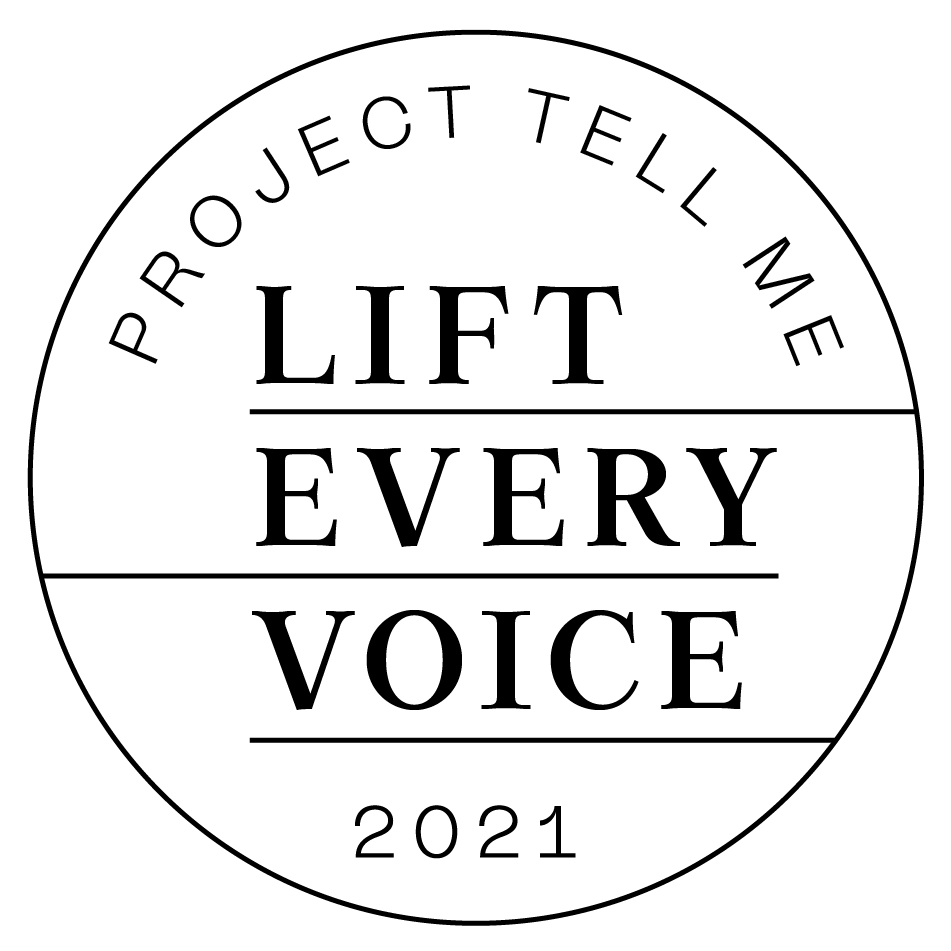
You Might Also Like

